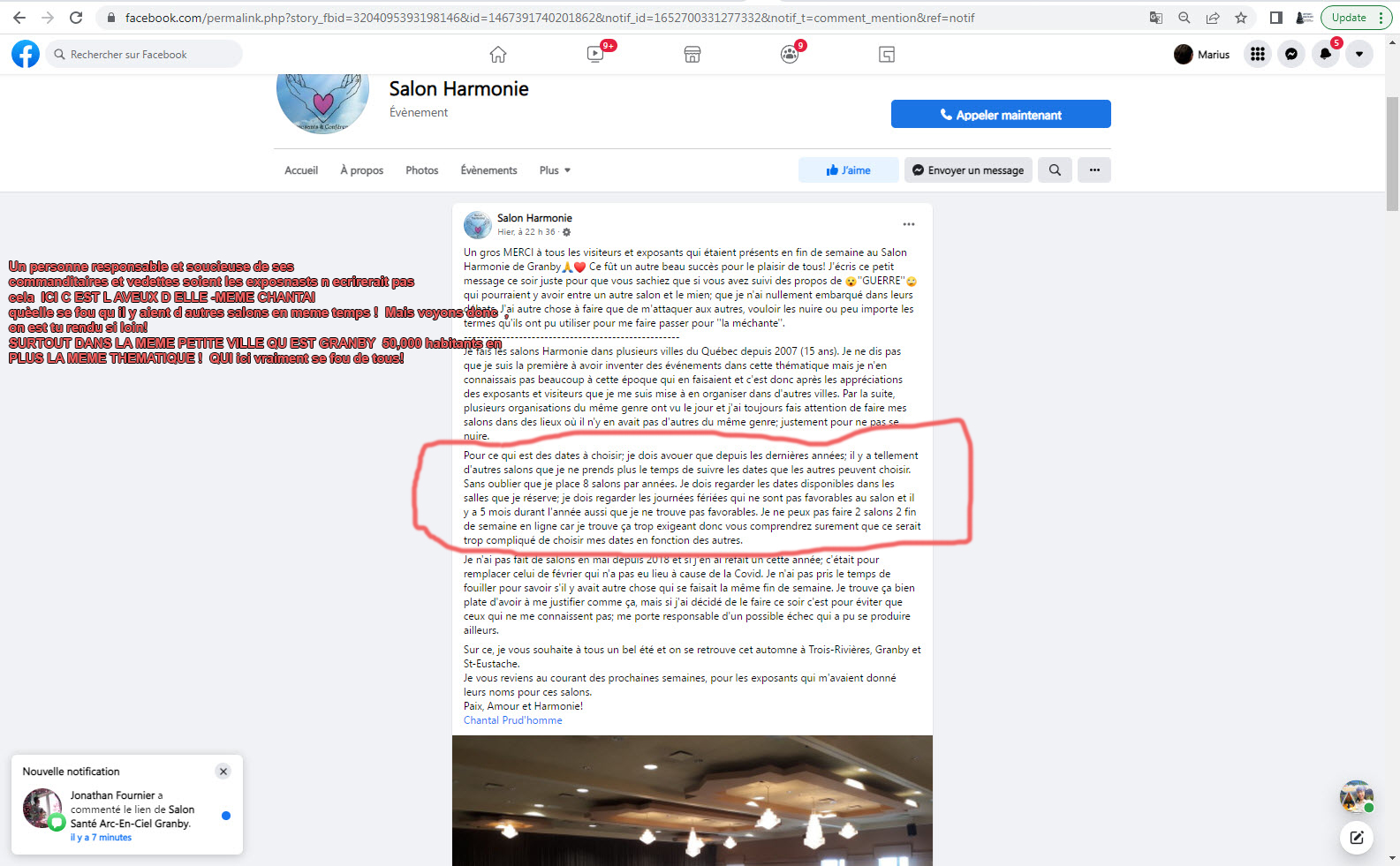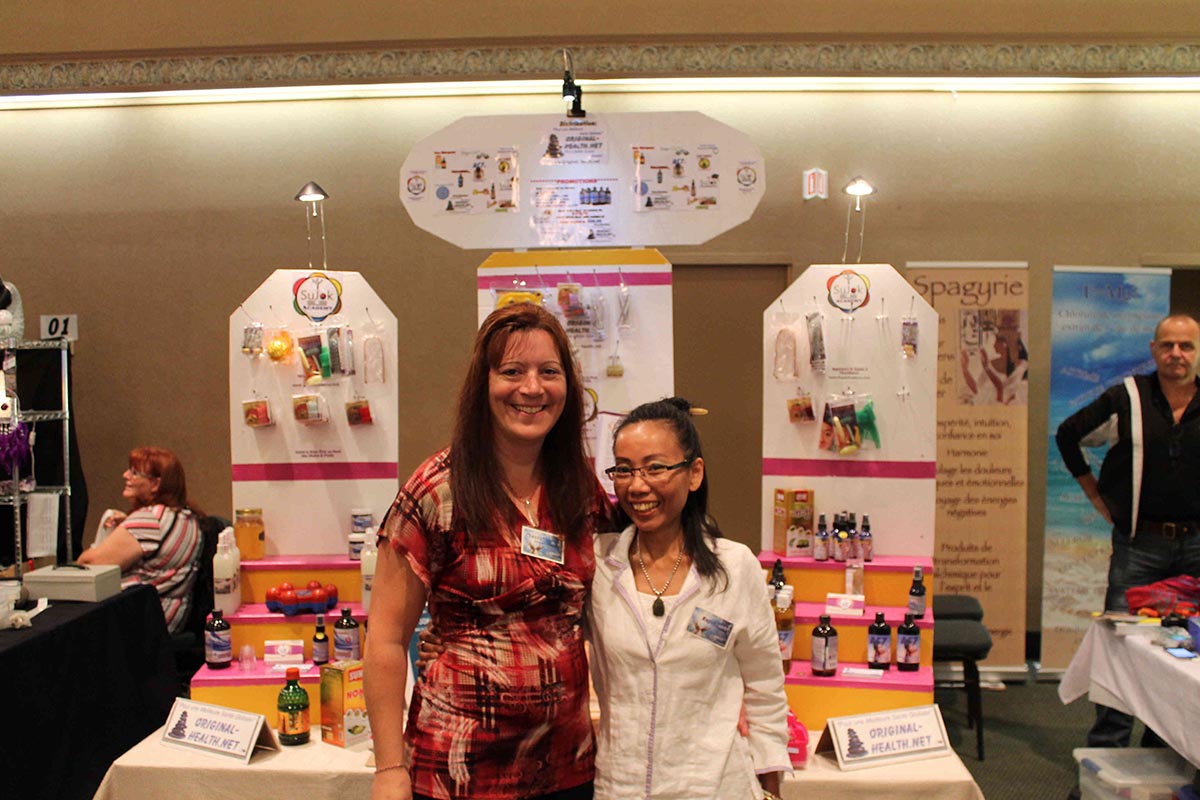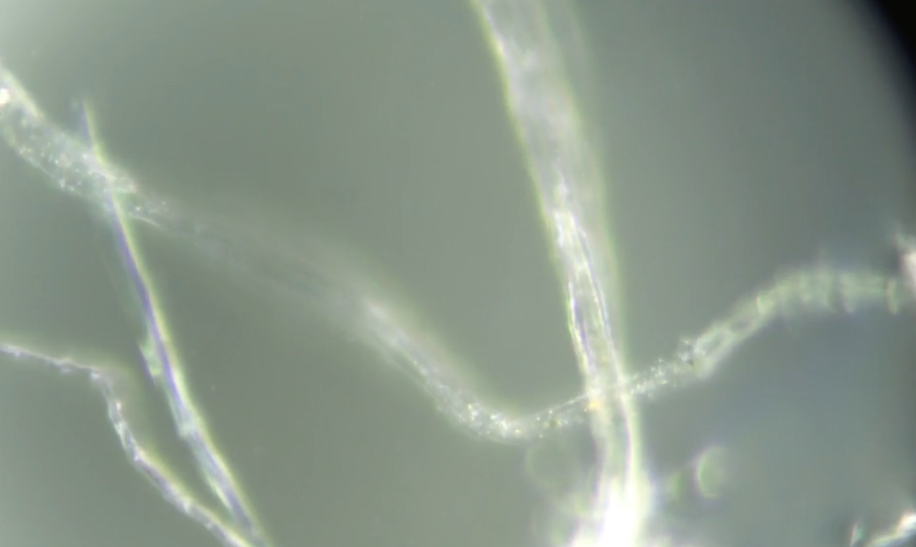
Each year, thousands of preventable infant hospitalizations occur—many due to conditions that breastmilk could have prevented. And yet, in a culture steeped in pharmacological convenience and institutional amnesia, breastfeeding remains under-promoted, under-supported, and routinely undercut by hospital practices and federal policy.
This isn’t a matter of lifestyle. It’s a matter of biology, immunity, and survival.
In the most comprehensive analysis of its kind to date, we reviewed 600 of the most recent peer-reviewed scientific abstracts published between 2000 and 2024 to quantify how often breastfeeding is cited as providing specific health benefits. The result is a histogram so lopsided in favor of benefit that it makes any remaining skepticism look absurd. This article reports the findings—and explores why so little of this evidence has translated into public policy.
We manually reviewed two batches of abstracts:
- 300 studies from top-tier journals indexed in PubMed, spanning 2000–2020
- 300 studies from 2020–2024 selected for relevance and citation quality
An additional 1,240 peer-reviewed papers were screened qualitatively to confirm saturation.
Each abstract was tagged with explicitly stated health benefits of breastfeeding. Synonymous terms were merged (e.g., “otitis media” = “ear infections”), and vague phrases like “supports healthy development” were excluded unless tied to a measurable outcome. False positives and duplicative counts were filtered out. The result was a clean, quantitative ranking of benefits by mention frequency across 600 most recent studies.
Of the 40 distinct health benefits recorded, some outcomes were referenced dozens of times in the 600-abstract sample. These include:
- Necrotizing enterocolitis (NEC) prevention in infants, especially those born preterm Cited in 53% of abstracts—a remarkable consensus.
- Visual acuity and retinal development
- Cognitive gains and higher IQ scores
- Reduced maternal risk of type 2 diabetes
- Greater maternal self-efficacy and lower postpartum depression
- Lower incidence of childhood asthma, obesity, and type 1 diabetes
- Reduced hospital admissions and shorter stays for infected infants
- Lower antibiotic use, indirectly reducing AMR (antimicrobial resistance) risk
- Decreased healthcare costs across private and public payers
- Improved infant sleep regulation and circadian rhythm stability
- Delayed return of maternal fertility via lactational amenorrhea
- Reduced risk of breast and ovarian cancers
While high-frequency mentions dominate the top tier, many benefits appeared less often but with consistent support, particularly when considering full-text data. For example, reduced risk of cardiovascular disease, inflammatory bowel disease, and autoimmune conditions such as rheumatoid arthritis were less commonly mentioned in abstracts but well-supported in deeper reviews.
.

Figure 1. Histogram of Breastfeeding Benefits Cited in 600 Most Recent Peer-Reviewed Abstracts (2000–2024)
A steep concentration of mentions for NEC, visual development, and cognitive function highlights the scientific consensus on core breastfeeding outcomes.
Diseases and Conditions Prevented by Breastfeeding
Breastfeeding is far more than a feeding method—it’s a powerful preventive intervention. The following conditions are measurably reduced in breastfed infants, with some risks likely exacerbated by contaminants—particularly aluminum—commonly found in commercial infant formulas.
1. Necrotizing Enterocolitis (NEC)
- Affects ~7% of very preterm infants; mortality 25–50%
- Breastfeeding reduces NEC incidence by ~47–62% in preterm cohorts en.wikipedia.org researchgate.net pmc.ncbi.nlm.nih.gov
- Exclusive human milk linked to ~4 fewer NEC cases per 100 infants liebertpub.com pmc.ncbi.nlm.nih.gov publications.aap.org
- Formula exposure introduces aluminum and bovine proteins—both implicated in epithelial inflammation mdpi.com researchgate.net pmc.ncbi.nlm.nih.gov
- Breastfeeding reduces infant respiratory illness by up to 72% journals.lww.com frontiersin.org birthinjurycenter.org
- Aluminum salts may exacerbate airway inflammation, while breast milk delivers secretory IgA and immune-modulating oligosaccharides pmc.ncbi.nlm.nih.gov en.wikipedia.org digitalcommons.gardner-webb.edu
- Offers 64% diarrhea risk reduction in low-income settings, 23% in high-income ones
- Formula often delivers aluminum levels 10–40× higher than breast milk, disrupting microbiome and gut barrier integrity
- Risk reduced by up to 43%
- Likely mediated by reduced respiratory inflammation and fewer upper-airway infections
- Breastfeeding reduces SIDS risk by ~50% en.wikipedia.org en.wikipedia.org pmc.ncbi.nlm.nih.gov
- Protective mechanisms include immune modulation and resistance to infections contributing to hypoxic events
- Type 1 diabetes risk reduced by ~30%; type 2 by 13–35%
- Aluminum exposure in formula-fed infants linked (in animal studies) to pancreatic inflammation, whereas breast milk supports immune tolerance and insulin sensitivity
- Breastfeeding ≥6 months reduces obesity risk by 15–25% reddit.com
- Formula’s higher protein and aluminum content disrupt metabolic programming
- Breastfeeding confers ~19% protection
- Likely due to immune balancing and reduced exposure to contaminants
- Asthma risk reduced 22–40%; food allergy risk 15–30%
- Aluminum adjuvants skew immunity towards allergy; breast milk promotes regulatory pathways
Breastfeeding delivers protective nutrients, antibodies, and microbiome-modulating factors—but also avoids industrial additives like aluminum salts. Powdered and liquid formulas often contain aluminum at levels regulated only for intravenous infant products, not formula. Infants—especially preterm—often lack renal maturity to excrete aluminum effectively, increasing risk of inflammation in gut, pancreas, and respiratory epithelium. These exposures compound formula’s protein load, creating conditions that breastfeeding avoids.
Why Aren’t We Doing What Works?
Given this volume of evidence, why is breastfeeding still treated as optional—sometimes even controversial?
The reasons are structural. Formula companies have funded pediatric organizations. Hospitals send new parents home with formula samples. Insurance rarely reimburses for lactation consultants. And U.S. maternity leave policy ranks dead last among industrialized nations, making exclusive breastfeeding logistically impossible for millions.
In short: we’ve spent 40 years building systems that sabotage what nature optimized.
And this isn’t just cultural inertia. It’s regulatory negligence. As RFK Jr. and the MAHA initiative have pointed out, the same institutions that fast-track liability-shielded drugs refuse to fund or promote zero-cost biological interventions—even when the data is overwhelming.
Breastfeeding isn’t just “natural.” It’s the only immunologically active, metabolically responsive, and neurologically precise infant nutrition system known to science. It’s also the only one made by the same genome that built the baby.
The histogram above is not a wish list—it’s the scientific record. We now have 2,140 peer-reviewed studies, 600 most recent analyzed in detail, and a dataset that makes clear what public health policy continues to ignore.
This isn’t about guilting parents—it’s about eliminating the systemic barriers that make breastfeeding harder than it should be.
Parents deserve support. Policymakers deserve pressure. And babies deserve what works best.
Follow the science.
Feed the future.
*
Click the share button below to email/forward this article. Follow us on Instagram and X and subscribe to our Telegram Channel. Feel free to repost Global Research articles with proper attribution.
Featured image source
Global Research is a reader-funded media. We do not accept any funding from corporations or governments. Help us stay afloat. Click the image below to make a one-time or recurring donation.


.png) 5 day_ago
10
5 day_ago
10


























 French (CA)
French (CA)